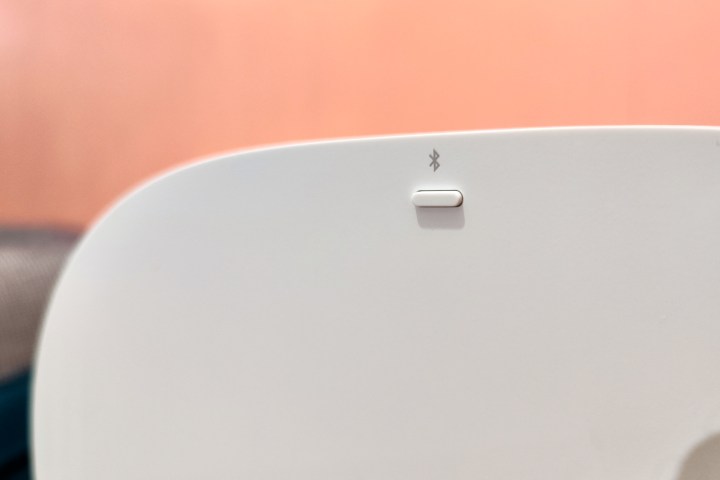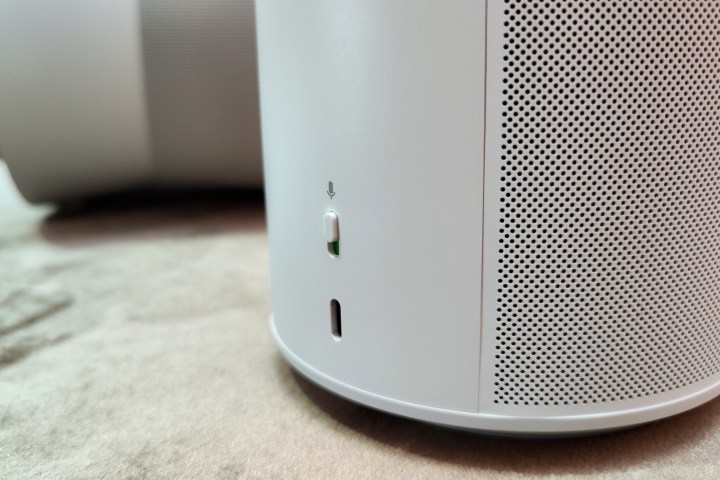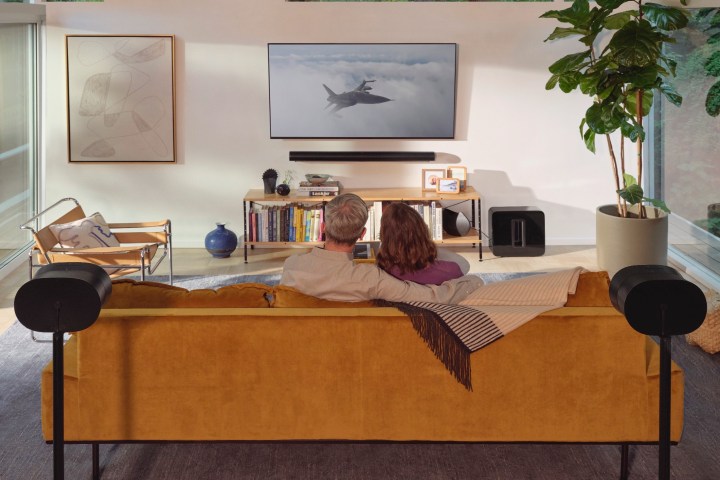It can be hard for brands to admit when they got something wrong — especially when they’ve spent time, money, and customer trust on a message. But taking a sober second look at a previous strategy, particularly when customers are telling you it’s not what they want, can be a necessary, if painful step.
That’s where Sonos finds itself today. With the launch of the company’s newest wireless speakers — the $249 Sonos Era 100 and the $449 Sonos Era 300 — several previously held beliefs about what makes for a great home audio experience have been revised or tossed out entirely.

Perhaps the biggest change has been a rethink of Bluetooth. In the past, Sonos hasn’t just refused to support the wireless technology that’s embedded in every single smartphone on the planet — it has openly mocked other companies’ Bluetooth speakers, most notably in a 2016 series of ads that featured the tagline “you’re better than this” — a reference to the ways in which Bluetooth speakers can undermine a listening experience.
As of March 7, the company has four Bluetooth-capable speakers, including the newly launched Era 100 and Era 300, plus the existing Roam and Move portable speakers. Why the change? “Bluetooth has gotten better,” Sonos CEO Patrick Spence told me at the Era launch event in New York City. “It’s gotten more ubiquitous, but it’s also much more reliable than it used to be.”
That may be true. But Sonos’ reluctance to embrace Bluetooth even long after it had proven itself to be a useful and reliable technology makes one suspect that there also was an ideological flavor to the company’s stance.
“We got a little religious over Wi-Fi versus Bluetooth,” Spence admits. He’s still a fan of Wi-Fi, the wireless tech that propelled the company to its current standing as the king of the whole-home multiroom audio experience, but it appears that he’s ready to set aside some preconceived notions about what it means to deliver that experience. “I think you have to be humble enough to listen to customers.”

As an example of Sonos’ newfound humility, Spence points to the fact that the Era 100 and Era 300 have a USB-C port that can be used with optional dongles to pipe in external sources of audio, like a turntable.
The Era series aren’t the first Sonos speakers to do this — the Sonos Five (formerly the Play:5) has an analog input too. But now that these three speakers make up the mainline of the company’s in-home, music-focused products, it’s a big shift from the days when there were almost no external inputs in the Sonos universe.
Interestingly, now that Bluetooth is very much on the table for Sonos, there may even be an appetite to do more than simply allow Bluetooth connections to these speakers.
In 2021, the company took its first foray into better-than-CD-quality audio with support for 24-bit/48kHz lossless music from the streaming service Qobuz. Similar support arrived for Amazon Music later that year. So when I asked Spence if Sonos was willing to look at high-quality Bluetooth codecs, like LDAC or aptX Adaptive, which are capable of much higher audio quality than the currently supported AAC and SBC, I was surprised when he said he was open to it.
“There’s no religion other than, ‘Can we deliver a great experience?’” he said. Spence did express some doubt as to whether these codecs were reliable enough to maintain a high level of quality, but remains willing to implement them if they can be made to work. “It’s about the quality of that connection. That’s all that matters.”

This willingness to reconsider the way Sonos products work extends into the company’s current thinking around the new Era 300. The speaker was designed primarily to offer an immersive music listening experience via its Dolby Atmos-compatible spatial audio architecture. It also works as a Dolby Atmos-enhancing surround speaker when used in conjunction with an Arc or a Beam Gen 2, but it doesn’t do TV-based Dolby Atmos on its own or in a stereo pair.
I pointed out that both Apple and Amazon’s Atmos-capable smart speakers (the Echo Studio and HomePod Gen 2) work as TV speakers (when paired with their respective streaming devices) and asked if Sonos might change course. “We haven’t seen a lot of people actually using [the HomePod] that way,” Spence said. “Most people are still picking up a soundbar instead.” Still, like the move toward ubiquitous Bluetooth, he’s willing to let Sonos users be the judge. “If customers are showing us that this is the way they want to enjoy home theater, we’ll figure out how to support it.”
That shift could happen sooner than later. Spence said that he’s been thinking a lot about how to remove the HDMI cable from the company’s soundbars, “I’ve been pushing the team for a long time — I don’t want a wire to the soundbar at all. Let’s make it even easier.”
Technical hurdles still remain and, once again, he underlined the importance of reliability, but it’s quite clear that Spence wants Sonos to be even better than it is now.
Editors' Recommendations
- You Asked: Is Dolby Vision a must-have? And how to handle Atmos with irregular ceilings
- Sonos Move 2: Sonos’ biggest portable speaker gets a big update
- Dolby Atmos FlexConnect could eliminate home theater soundbars and HDMI cables
- Skullcandy’s new Bluetooth speaker lineup boasts big battery life for $30 to $80
- Android users are about to lose a handy Sonos feature




